
Photgraphing Reflective Artwork :2014 Edition
March 17, 2014

This article is an update to the earlier "Photographing Reflective art". What follows is an explanation of the setup and use of a system to photograph paintings and drawings, a very short review of the principles of photography as they relate to photgraphing artwork, and a few alternative techniques when varied results may be called for. This may be helpful for anyone who needs to convert their physical artwork into a repro quality digital file when the work is too wet, too shiny, or too large to scan, or which just doesn't "scan well".
First of all- why not just use a scanner?
The answer is one that is unique to every artist. However, I believe in a basic principle that the reproduction method should be built around individual artwork. I don't think that it is an overstatement to observe that the techniques and scale of much of the work being done in contemporary illustration is strongly influenced by the scanning process. It stands to reason that we should accomodate the process that lets us do our best work, and then adapt the reproduction process, at least our end of it- to the work. It is my hope that the techniques that follow may help some readers use materials and to work at a scale that might otherwise be precluded by the scanning process.
There are three elements of this process to take into account: the camera (and lens) , the lighting, and the art itself. Let's start with the camera:
A digital SLR camera is the obvious default camera- it should have the ability to shoot in "manual" mode", use interchangeable lenses, and shoot in "RAW format. Nikon and Canon DSLR cameras are both fine for our task- I currently use a Canon eos5d mark2. For many years I used a much lower-end Canon d60 which worked equally well.
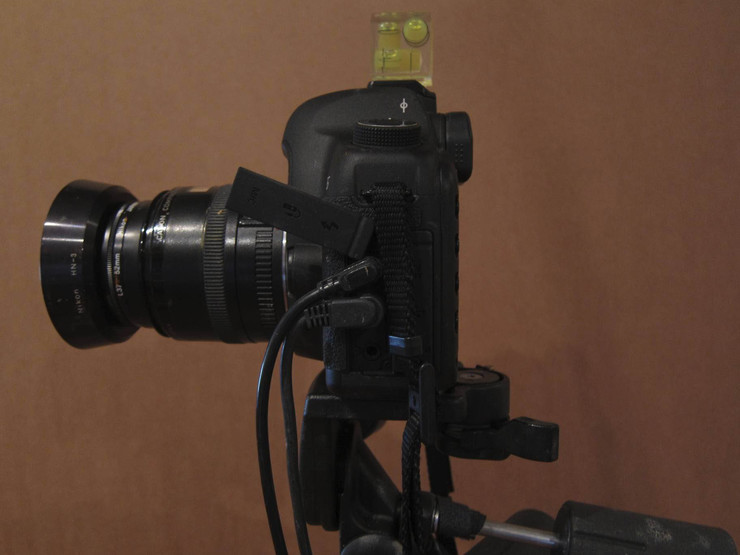
A camera that allows fully manual control allows far more creative control. An accurate exposure value - the correct exposure of a photograph of any subject- is a given factor that has relatively little latitude. A good metaphor is to imagine a measuring cup under a faucet. The correct exposure value in our example (A properly exposed photograph) is one cup of water. How you fill the cup is determined by two things- how wide you open the faucet valve (the aperture) and how long you hold it open. The primary reason we care about this is that the smaller we make the aperture, our photo will have greated depth of field. So when greater depth of field is desired, longer exposures with a smaller aperture (ie higher fstop number) is the answer. It takes a longer time to fill the cup, but the resulting photograph will be sharper, as long as the exposure time is not so long that we have camera shake issues.
It is a good idea to familiarize yourself with the capabilities of your camera and lens. To begin, lets test depth of field.For this test, line up a yardstick in the view of your camera at an oblique angle and focus on the middle point.
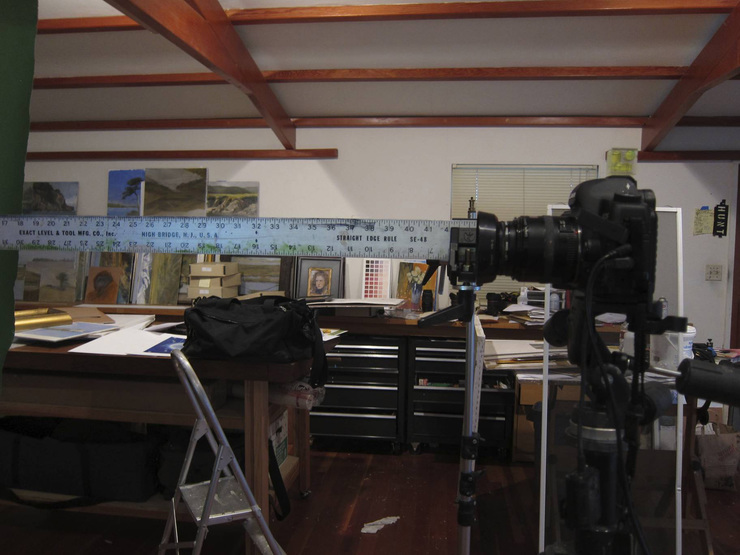
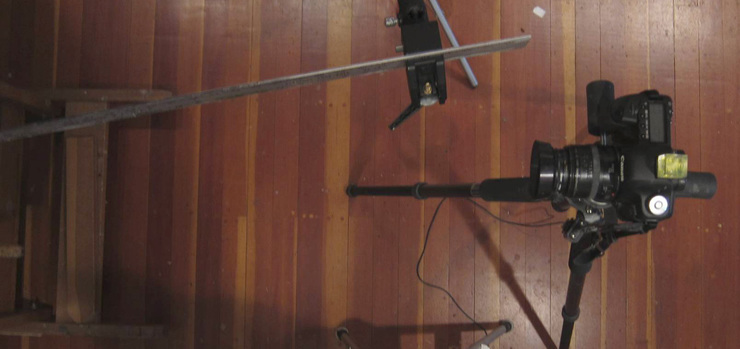
Focus on the midpoint of the ruler using an exposure that lets you use a mid-range aperture. Lets use f8 to start. Put a marker at the point of sharpest focus- I use the corner of the pink sticky note here, placet at the 25 inch point.
Then stop the lens down further and lengthen the exposure time and take another shot. Compare the results.
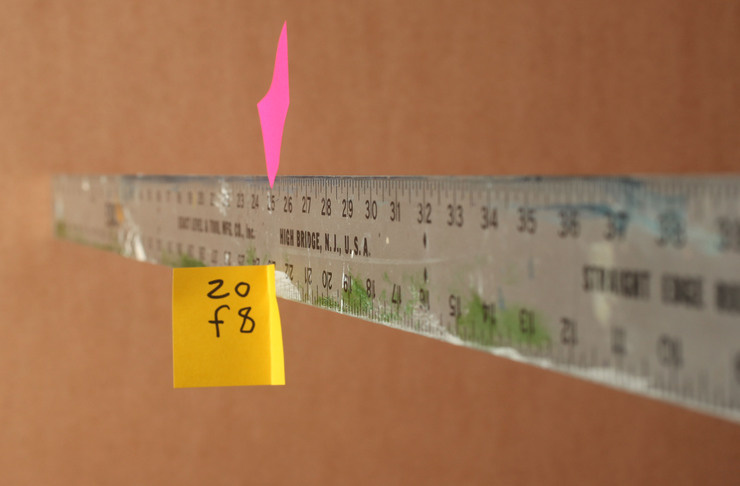

As you can see, the smaller the aperture the greater depth of field we achieve. Note that to get the same exposure however, I had to lengthen the exposure time. You can see that at 1/20th sec @ f8, we have about 4 inches of sharpness almost all in the area between the focus point and the lens. When we stop down further to f14, we get about 10 inches of sharpness.
Why do we care about depth of field? Sometimes we migh be shooting art with texture and need greater depth of field, or shooting a sculpture, or a painting in it's frame...and we want it to be sharp. Stopping down to a smaller aperture is the answer for that.
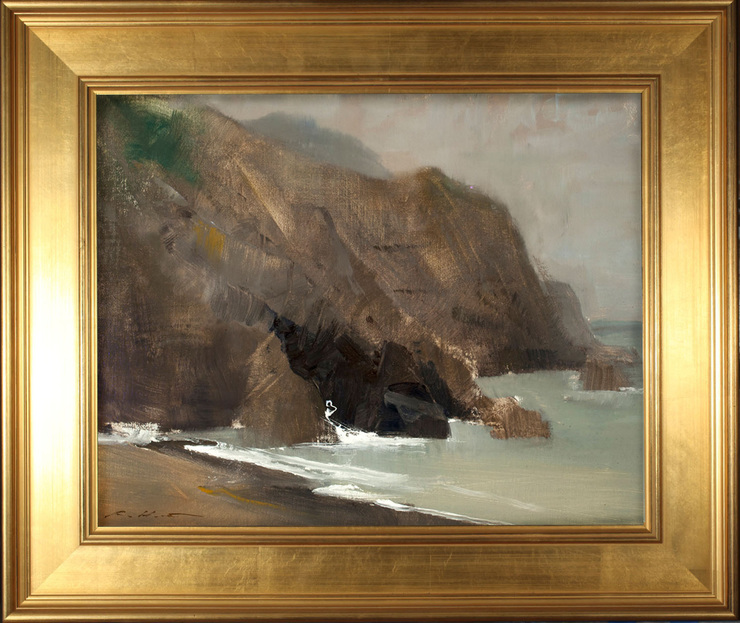
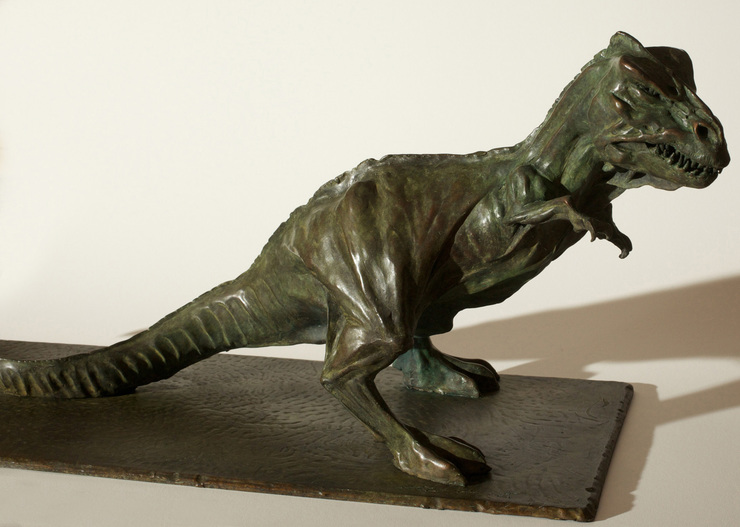
Why would you ever want LESS depth of field, you may ask? Photographers use shallow depth of field to accentuate features of a subject, de-emphasizing others. The eyes for example:
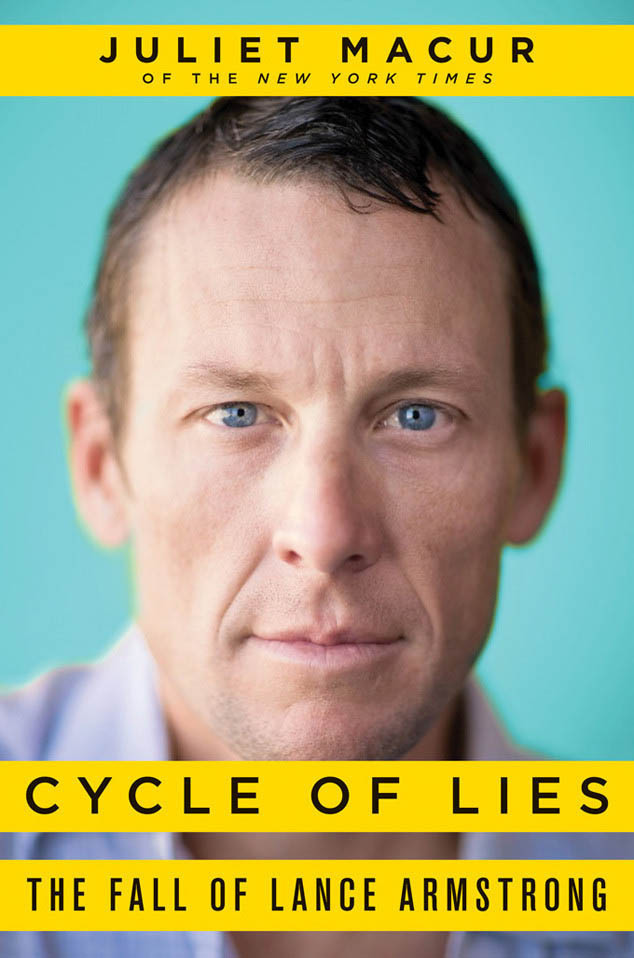
It is not necessary to buy an expensive lens, but there are things to consider. The zoom lenses that many of us use in day-to-day photography are not ideal for shooting artwork, so you really want to obtain a "prime" (specific focal length) lens. A "normal" prime lens on a full-frame sensor digital camera like the EOS5d has a 50mm focal length.Many current digital cameras have sensors smaller that the old 35mm film plane, so only the center of the lens is actually in use- which means a 35 mm lens is the equivalent of a "normal" lens on these cameras. In either case, avoid using a zoom lens if possible.
We want to take accurate undistorted pictures, so we want to test our lens for pincushioning and barrel distortion, and corner to corner focus. An easy way to do that is to take a window screen out of your window and photograph it where you will be shooting your work. It is important that you use the same lighting as you will use for your artwork. Note that these tests are especially usefull when you are thinking of buying a used lens, or to test a new lens to be sure it works correctly.
Once you have taken a sharp focused picture of the screen, then magnify and examine the corners and the center - check for softness and lens distortion.

In addition to the lens and camera, we need a few more things. A circular Polarizer filter on the lens is essential. This is a filter the attaches to the lens and rotates - when it is at the right angle, it will eliminate some of the glare coming from the lights and reflecting on your art. Once you polarize the light source as well, you will eliminate ALL glare.
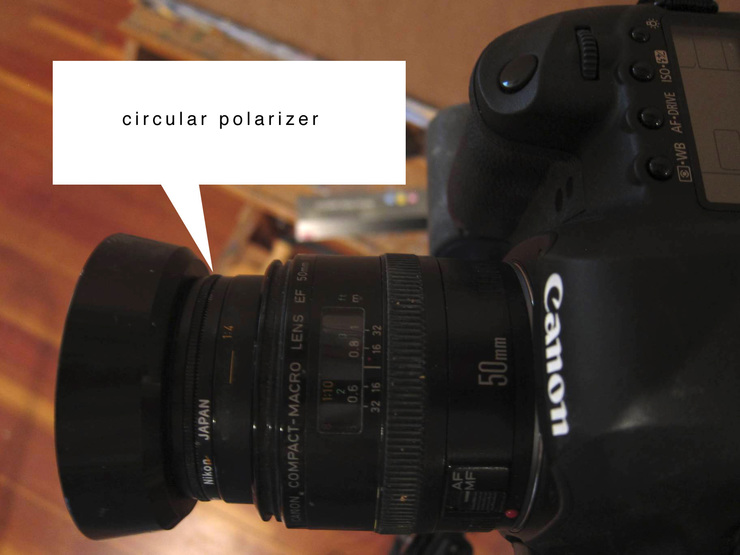
Here are two ways to light the work. One method uses two 500 watt tungsten lights, each with a polarizing filter in front of it, rotated to the oposite axis as the one which is on the lens. (ie if the lens filter is aligned horizontally, the filters on the lights should be aligned vertically.) Proerly aligned between the filters on the lights and the lens, there will be no glare in any photograph you take under these lights.
To use this method, you want the lights to be equal distance from the art , at a 45 degree angle to the art, with their centers at the film plane height. A good rule of thumb is to place the lights at 1.5 times the distance of the diagonal measurement of the art. This does not have to be precise but is a guideline.
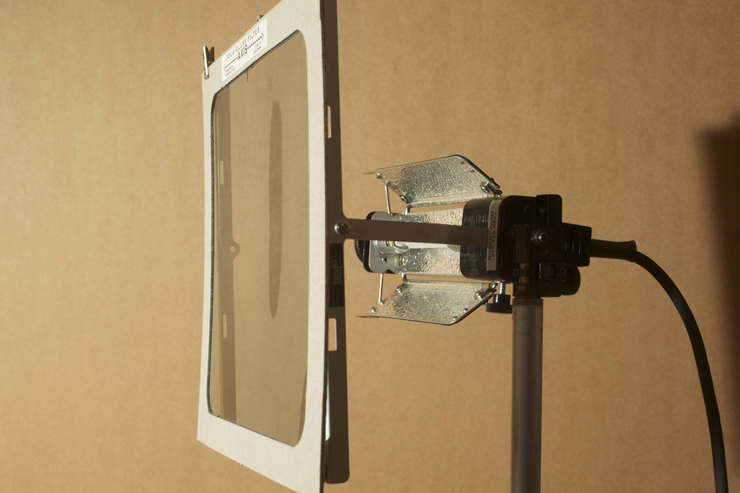
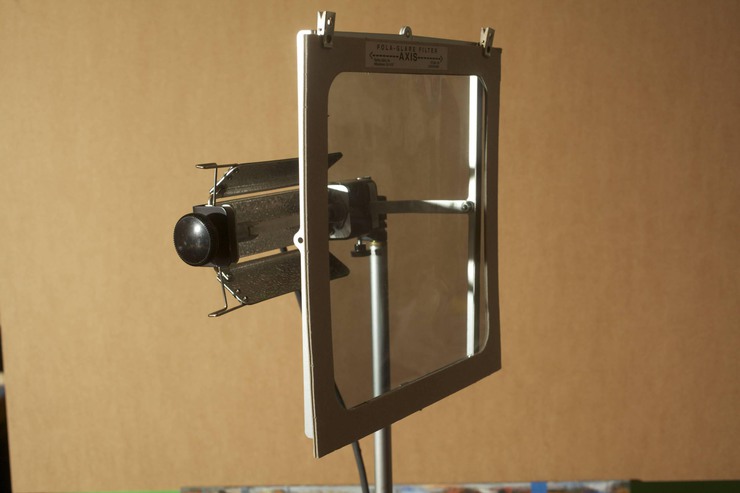
A second method of lighting also includes the use of a polarizer, but instead of two tungsten lights, you could use a single strobe light. For best results, I moved the strobe to a distance from the art that gave me the same exposure value as my two tota lights give.That happens to be a distance of about 13 feet. As with the tungsten lights, It MUST be at a 45 degree angle to the art. I am using a vintage Norman 202 power pack and flash head with a polarizer clipped on the front. I am quite sure this is not the way it was internded to be used but it works very well, and quite consistently. More importantly, it lets me use just one light, so I can bring up a little more texture in the work that was possible with the two-light method. Two strobe lights would also be affective, properly filtered.
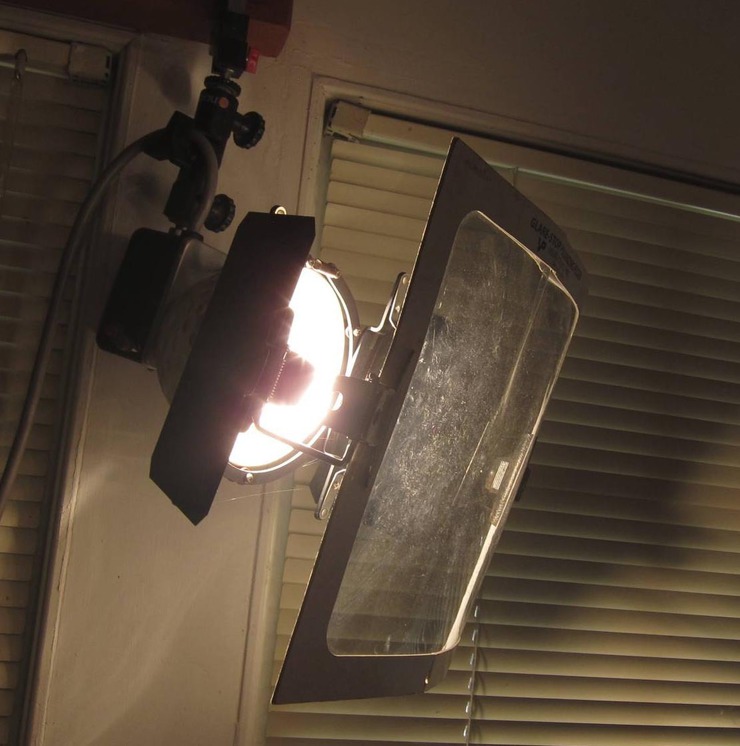
In my earlier article I suggested using a light meter to measure the light falling on each corner of the work. I realize that few people have light meters...here is a simpler way to test the light is equal from each light- put your pointing finger on the middle of the art. The shadows on each side of your finger should be equal in value. if they arent- move your finger around to see where they ARE equal. It might be a little to the right or the left- that means you need to move one of the lights a little closer or farther from the art,until the center of the lighting is at the center of the art.
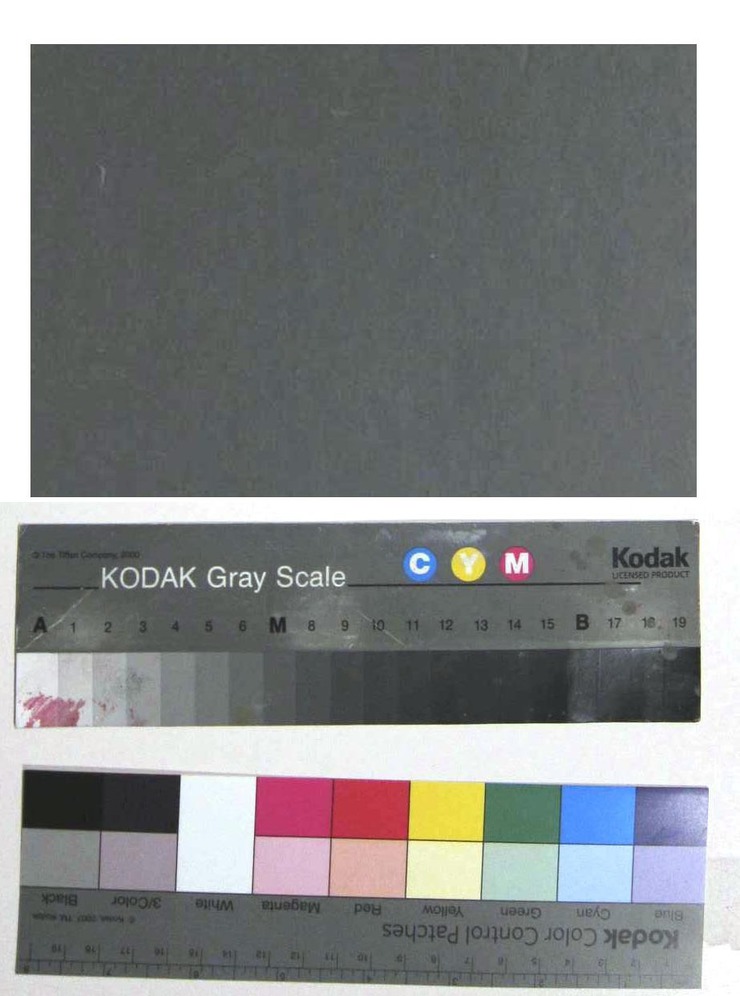
We have the camera set up, the lights are in position and working properly, with polarizers are in place. Place the artwork horizontally on the easel, wall or whatever surface you are using to hold it in place. The film plane of the camera must be parallel to the art and both should be level and square to each other. A very usefull inexpensive tool is a on-camera level. Attach a second level to the easel. This will save you lots of time!
You will need to test your own exposure but once you get the right numbers you should have consistently useable exposures. You can objectively test your exposure value by photographing an 18% Grey Card (which is the value your camera is calibrated to render as the default average exposure).
Shooting Mode : RAW . This allows you to correct color temperature with photoshop while keeping the original RAW file untouched.
Taping Kodak color bars onto the edge of the art will give you an invaluable color reference, and if left in the final file, an invaluable objective point of reference for whoever receives the iles for reproduction.

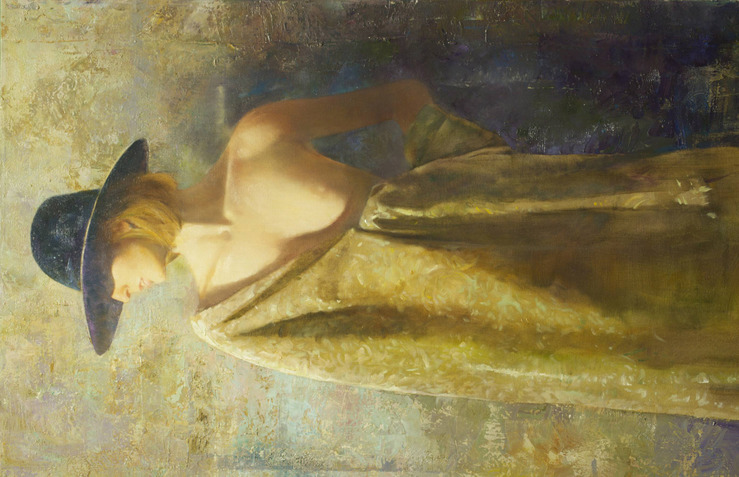
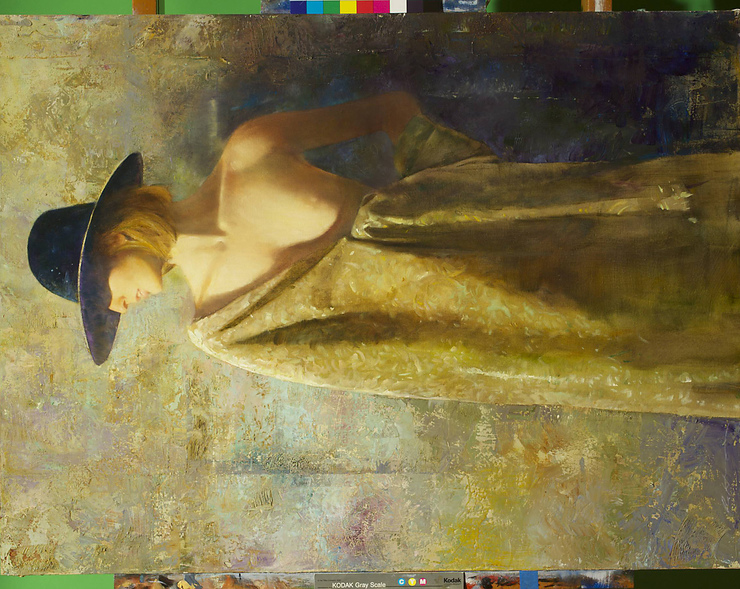
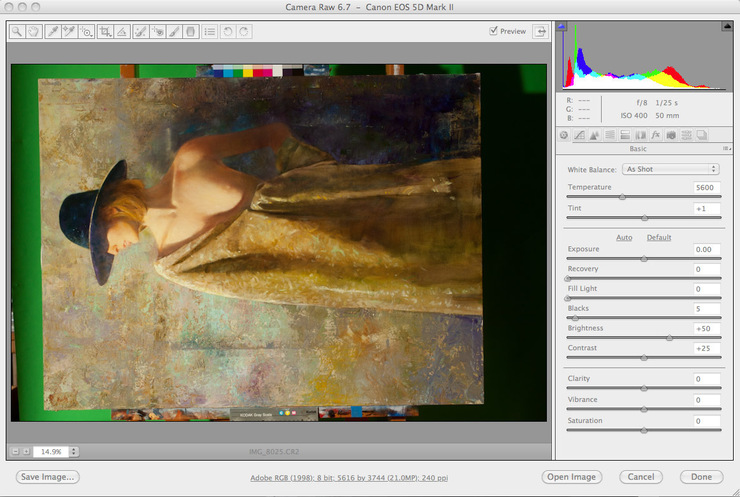
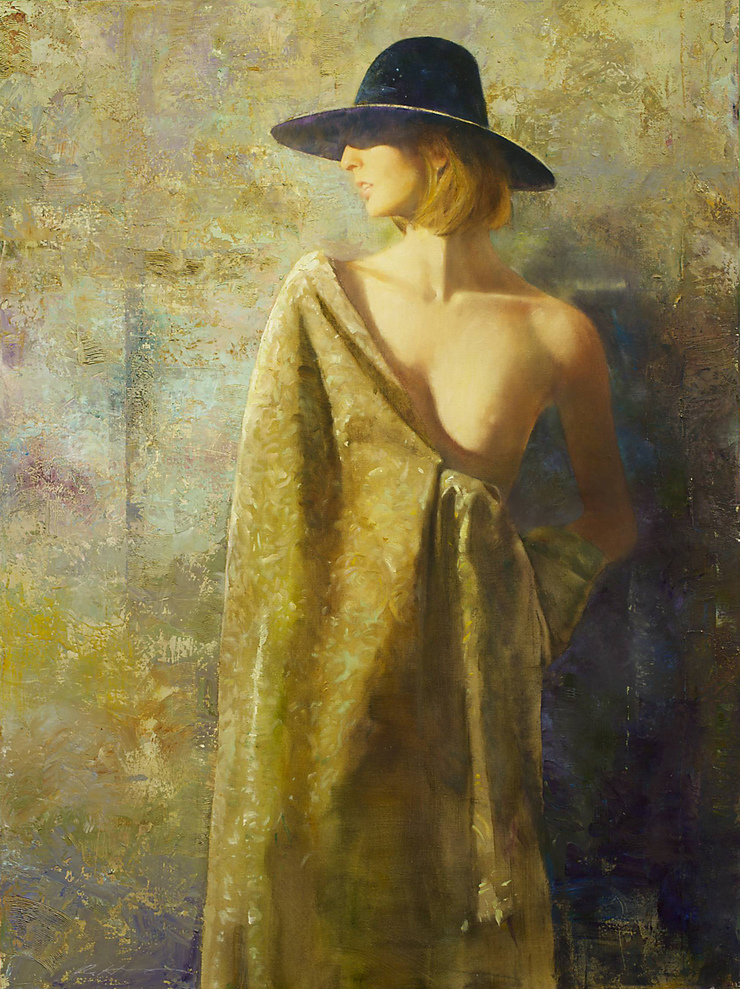
Every camera will vary a little but to summarize the settings that I find work best:
ASA: 400 (Higher may be grainy/noisy)
Exposure: aperture f8,this is a good aperture because it will allow for a little depth of field while avoiding a very long exposure. My corresponding shutter speed 1/20th. I might vary this slightly for very dark or very light paintings but this is the default for me. You will need to test your own exposure but once you get the right numbers you should have consistently useable exposures. You can objectively test your exposure value by photographing an 18% Grey Card (which is the value your camera is calibrated to render as the default average exposure).
Shooting Mode : RAW . This allows you to correct color temperature with photoshop while keeping the original RAW file untouched.
There needs to be a polarizing filter on the lens. A "prime" macro lens is best. Avoid zoom lenses. Be sure to turn off any anti-shake settings your camera has- a tripod confuses these things. Use manual focus and a remote shutter release. An alternative is to release the shtter with the timer rerlease.
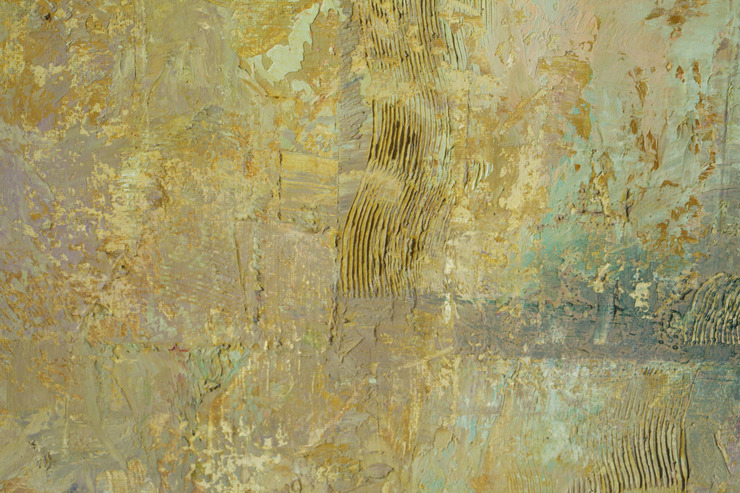
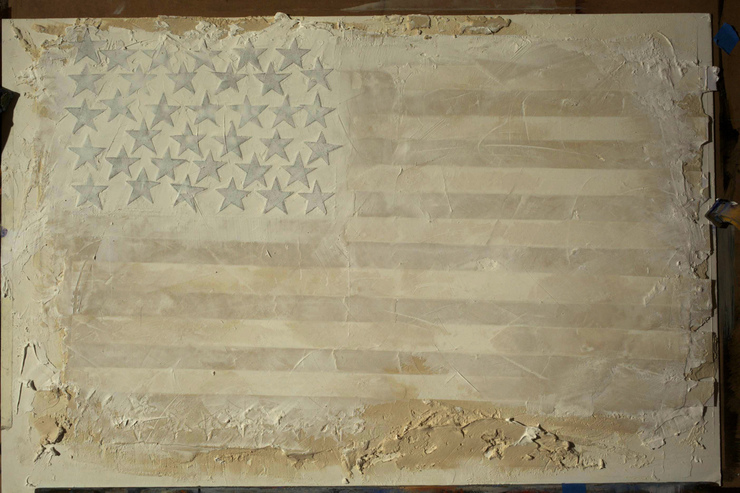
This method will also allow you to have consistent results with very few adjustments needed, so you can archive work easily.
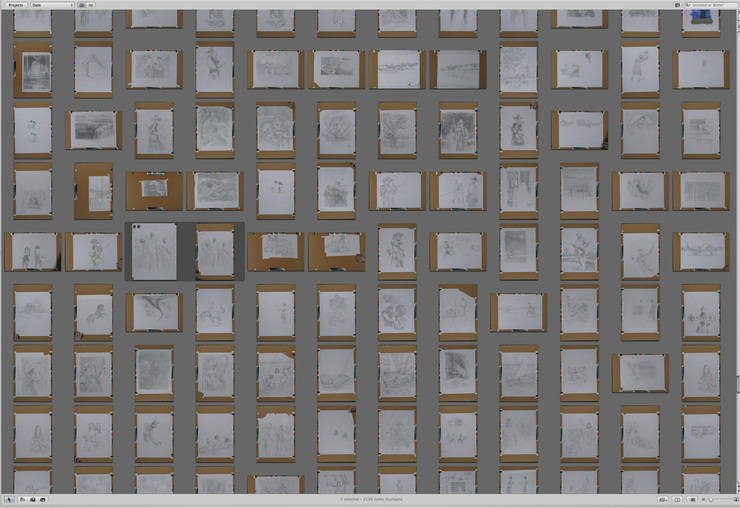
I hope that some parts of this article are useful to you. Once you have a system in place to do this, it can be remarkably efficient. Because I have my setup calibrated and stable, I can take a piece of art off my drawing board and have a repro-quality, high resolution filein less than five minutes.
There is also an excellent article by Dan Dos Santos on Muddy Colors where he outlines his own method for photgraphing artwork.
Here are some resources:
18% Grey Card
If you would like a copy of this article in PDF format please email me and I will be happy to send it to you.